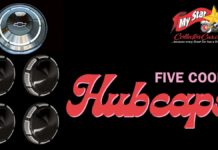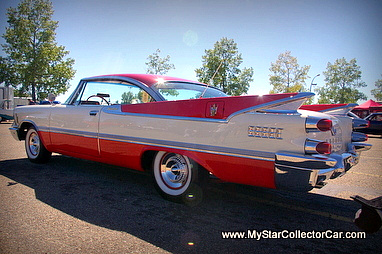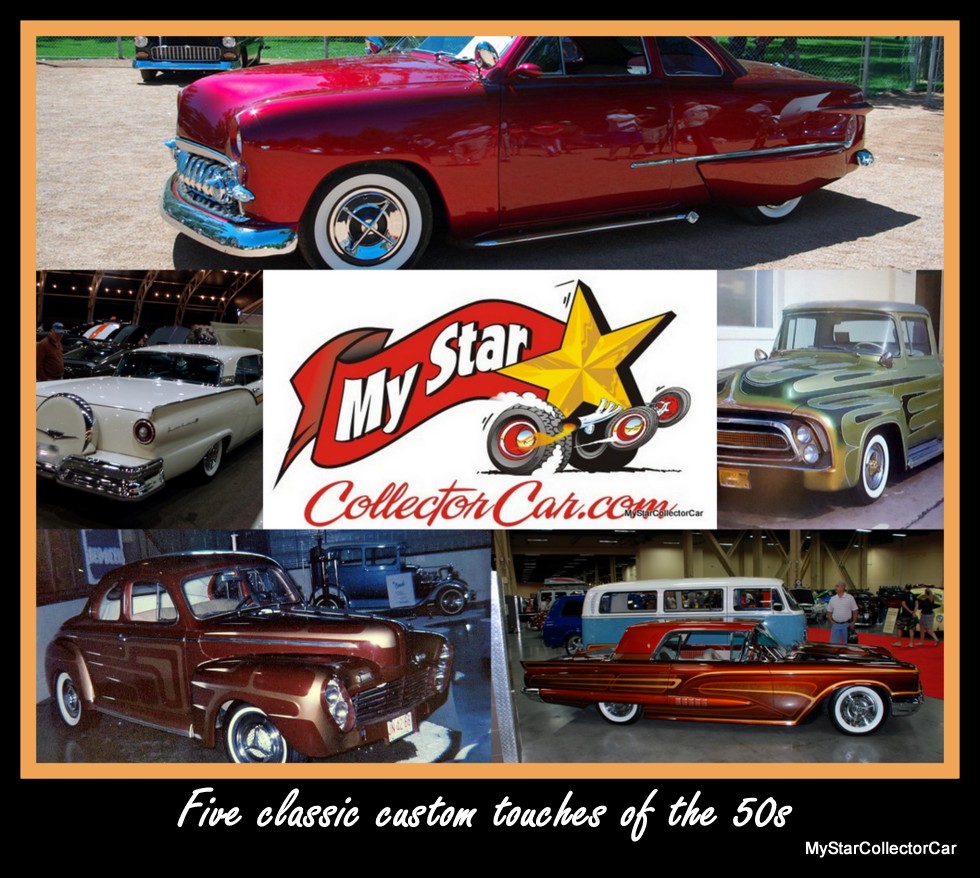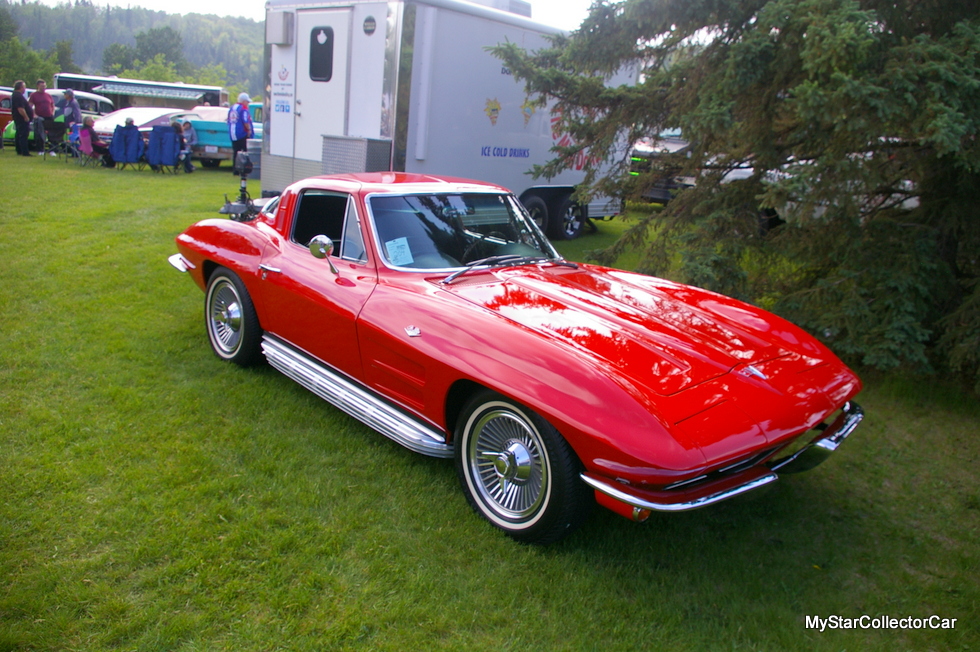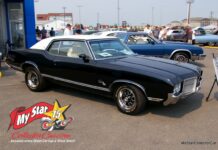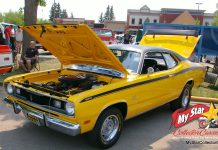MyStarCollectorCar will begin this debate with a basic explanation about the three groups in question, namely the Tri-Sevens, Tri-Fives, and Three Stooges.
The most sensible approach is a chronological angle from oldest (Three Stooges) to newest (Tri-Sevens), with the tweeners (Tri-Fives) in the middle.
Jim Sutherland
The Three Stooges are a timeless comedy trio from a bygone era-and one would only damn them with faint praise to call them comic legends. The Stooges’ onscreen antics are still comedy platinum and helped them establish a strong foothold as one of the most famous trios in history.

However, the Three Stooges are not cars, consequently they are part of MyStarCollectorCar’s list for display purposes only, along with the fact we love those clowns.

Which brings us to the second member of our esteemed trio list, namely the famous Tri-Five Chevys build between 1955 and ’57 by the General.

The Tri-Five Chevys may have been built during the Space Race, but they have never lost altitude over the years and are more popular than Elvis in the 2024 old car hobby.

The Tri-Five Chevys represent everything that was cool about the 1950s to many car guys and continue to occupy the penthouse in their hearts. A Tri-Five is still a rock and roll star to many of their many admirers.

Many MyStarCollectorCar readers will already be familiar with the aforementioned trios but may not be familiar with the Tri-Seven term, mainly because we added the number nickname to Chevelles built between 1970 and 1972.

The dawn of the 1970s was also the dawn of a brand-new design for GM’s Chevelle models, a new style that would define the Chevelle for three model years, thus the Tri-Seven designation reflects the Seventies decade, much like Tri-Five reflects the Fifties.

Chevelles had already established a strong reputation as a street warrior in SS big block form, so the General’s designers wanted to create a car that celebrated its muscle car heritage with a bold new design.
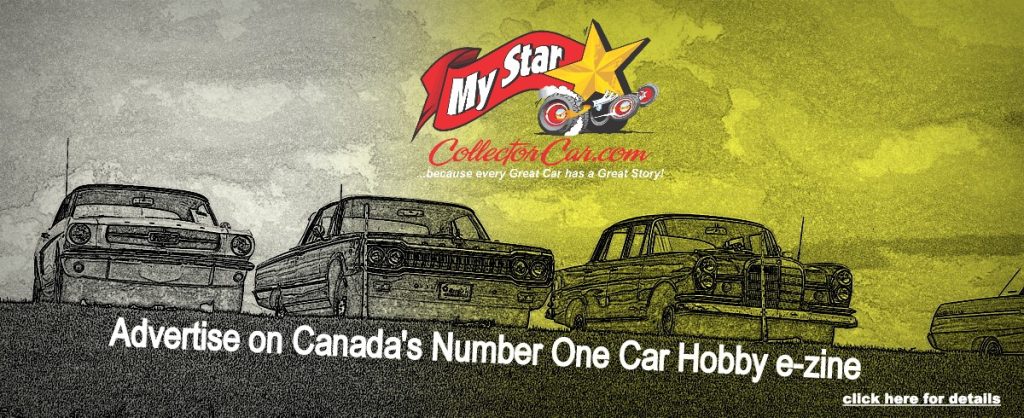
Mission accomplished in our opinion here at MyStarCollectorCar, because a 1970 Chevelle SS 454 in LS6 form was battle-ready and looked the part. The net result was a car that talked the talk and walked the walk in a big way because an LS6 Chevelle SS was a monster in monster’s clothing.

The 1971 Chevelle was the tweener during the Tri-Seven era and shared the same basic design with its 1970 predecessor. However, there were enough differences to rile up the car’s rabid fan base, including its front end because a ’71 Chevelle had only two headlights, while the 1970 Chevelle had four headlights.

In addition, the 1971 Chevelle’s rear taillight configuration was completely different from the 1970 model because the ‘71 had two round taillights on each side while the ’70 Chevelle had one rectangular taillight on each side.

The differences between a 1971 Chevelle and its newer 1972 counterpart are even more subtle because both model years shared very similar features, not unlike the 1971 and ’72 Chevy pickups discussed in a previous MyStarCollectorCar article.

The key difference is found on the front end because a 1971 Chevelle has a split signal light design while a ’72 Chevelle has a solid signal light, along with a different grill design that has an extra horizontal bar in it. There is also a micro-difference in the taillight design wherein the diameter of the bling rings in them is larger on the newer models.

The Tri-Seven Chevelles will continue to grow in popularity, maybe not as much as the Tri-Fives-but definitely in the neighborhood-in our opinion here at MyStarCollectorCar.
BY: Jim Sutherland
Jim Sutherland is a veteran automotive writer whose work has been published by many major print and online publications. The list includes Calgary Herald, The Truth About Cars, Red Deer Advocate, RPM Magazine, Edmonton Journal, Montreal Gazette, Windsor Star, Vancouver Province, and Post Media Wheels Section.
- CLICK HERE to Sign Up for the Newsletter
- CLICK HERE to Like us on Facebook
- CLICK HERE to Follow us on Twitter
- CLICK HERE to Follow us on Pinterest







